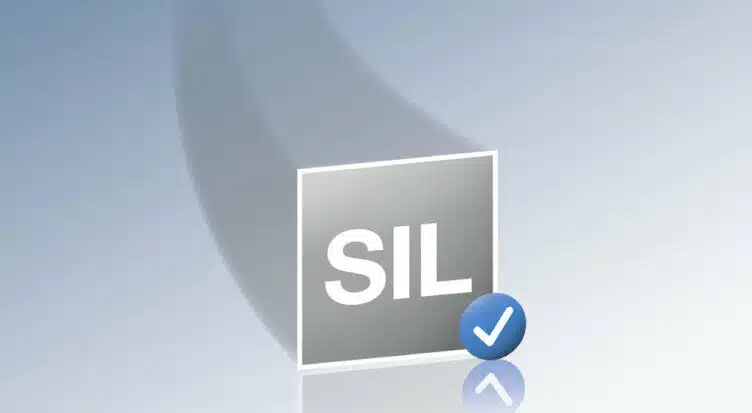Last edit: 22/08/2023

This is the second standard applicable to machinery and, so far, the least used for the reasons explained in the book. However, there is confidence that, with the publication of the 2021 edition, there will be more and more machinery manufacturers who will choose it.
The first edition of IEC 62061 [6] was published in 2005. It is part of the approach detailed in IEC 61508. It is addressed to the machinery sector and it allows the verification of the Reliability level reached by a Safety-related Control System (SCS).
[IEC 62061 DIS: 2020] Introduction
[…] This International Standard is intended for use by machinery designers, control system manufacturers and integrators, and others involved in the specification, design and validation of an SCS. It sets out an approach and provides requirements to achieve the necessary performance.
Around 2010, a working group was established, with the assignment of writing one common standard for Functional Safety of Machinery, called ISO/IEC 17305, combining ISO 13849-1 and ISO 62061. Unfortunately, the new standard did not see the light. When the MT 62061 (maintenance team, as they are called in IEC) met for the first time, they decided that the results of that work should be the starting point for the new edition. That is one of the reasons why the new edition of IEC 62061 is closer in the approach to ISO 13849-1: the team mediated the IEC 61508 approach with the pragmatism of ISO 13849-1. These are the main changes, compared with the previous edition [15]:
- The new standard is now applicable to non-electrical technologies. That is the reason why it now refers to Safety-related Control Systems (SCS) instead of Safety Related Electrical Control Systems (SRECS).
- The Architectures are now better defined, especially Architecture C, as well as the formulas to be used.
- The Architectural constraint, previously called SIL Claim, is now defined as the maximum SIL that a Subsystem can reach.
- Requirements on independence for software verification and validation activities were added.
- New important Informative annexes were added; the information contained and the approach described come from ISO 13849-1:
- Annex C on examples of B10D and MTTFD values for components.
- Annex D: examples of Diagnostic Coverage values